Housing, Streets, Shops. What London (and Greenwich council) can learn from European cities
When visiting a city in Europe I’m often struck by the stark contrast in quality of planning, urban design, architecture, housing and public spaces compared to much of London. And I’m not only referring to city centres. Most city centres across the UK and Europe are fantastic. It’s often more revealing to get out and see an ‘average’ street, or those in poorer neighbourhoods. And when doing so, much of London is found wanting. Of course, not everywhere is good abroad and not everywhere in London is poor, but taken as a whole there’s much to be learnt.
When looking at Greenwich borough it is revealing to see the quite sudden drop off from world heritage Greenwich to East Greenwich. This is not to say East Greenwich is all poor, as some areas are very good along with good spaces like East Greenwich Pleasaunce. But there’s way too much neglect and clutter. God knows I’ve wrote about it enough times. And that’s just beyond a world heritage site. The poor quality seen is inconceivable in large parts of many European cities, let alone in such a busy area next to such an important site. By the time we get to parts of Woolwich, Plumstead and Abbey Wood things have taken a nosedive to levels almost incomprehensible in many wealthy cities. The neglect is palpable.
That may seem like hyperbole. Sadly it isn’t. Away from wealthy areas in many European countries, the authorities still provide decent surroundings. The reasons are many, varied and obvious – people are more likely to respect an area if the authorities do, flytipping and dumping is reduced, businesses are more likely to start up and prosper, visitors are more likely to return and people will walk and cycle to a greater degree, with all the added health benefits and lower congestion that brings. Civic values, cohesion and town pride are increased. Quality of life for all is improved. Good parks, facilities, streets and buildings are the norm in many ‘average’ or poorer parts of cities in much of western Europe. Not everywhere, but at a higher level than much of outer London, and certainly better than much of Greenwich borough.
It appears the council in Greenwich (and others, but few as bad) have in recent decades deemed the quality of many public areas unimportant. They havn’t grasped the multitude of benefits that come alongside. Some other UK and London authorities have showed positive signs in recent years. Greenwich council is painfully slow however, with many departments stuck decades behind in their thinking and behaviour.
My last post looked at the terrible walking and cycling links from new developments on Greenwich Peninsula to the existing shopping streets and stations. There are roundabouts forcing people on huge detours. Everything is utilitarian. It’s designed to put people off.
Below is a similar roundabout in a Spanish city.
The approach roads are similar widths. Both examples connect areas of development with areas awaiting development. But the Spanish roundabout loses the clutter and obstacles, providing pedestrian crossings rather than a long detour. There is far better landscaping, featuring good paving and high quality street furniture and lighting. There’s a segregated cycle lane in the foreground. Everything was far better, and this is standard street design the length and breadth of Spanish cities. This is a route people will want to walk and cycle through.
Cycle lanes are commonly seen in city centres. Many are segregated using ‘armadillos’, as seen below.
Or placed on the pavement away from opening car doors.
Also note the attractive lighting poles (with sign attached to reduce clutter), the benches and row of trees. They know how to do good streets. But as said, don’t mistake this good design as only being in favoured spots as we see in much of London and Greenwich borough. The standards are high in many places. They do of course have the benefit of wider streets, like many other cities in developed nations, but London can hardly claim to have achieved much even on streets that are broad. Talk much, consult and spend money? Yes, but not much action.
And creating good streets works. Many are lined with small businesses and families gathering to eat and drink. Cycling seems to be reasonably popular, and they’ve installed a low cost rental scheme. There’s ample scope to facilitate growth.
Most city centre streets also have high density housing alongside, of around 10 storeys. This density lessens the strain on roads and public transport and provides many customers for the shops below at street level, ensuring the areas are vibrant and bustling all day long. The follow up post to this will look at those retail and residential offerings.


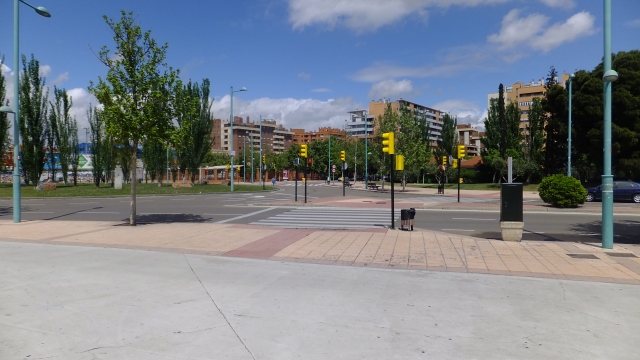
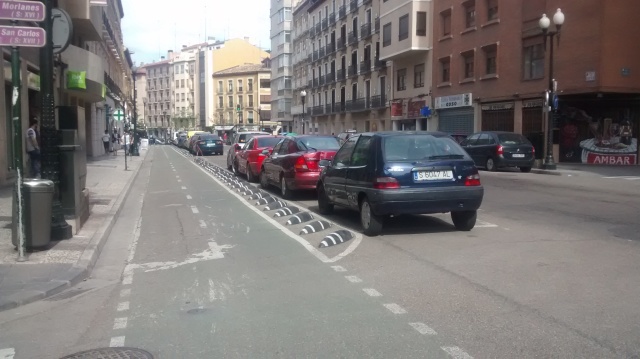
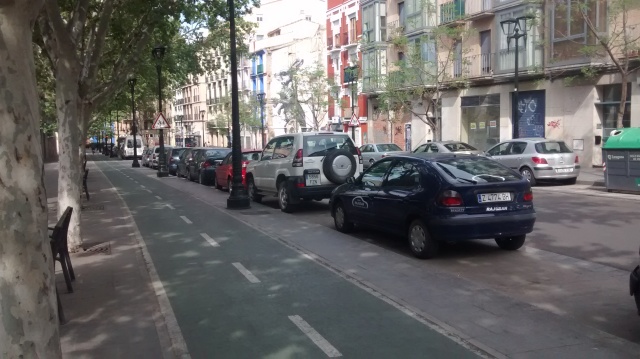

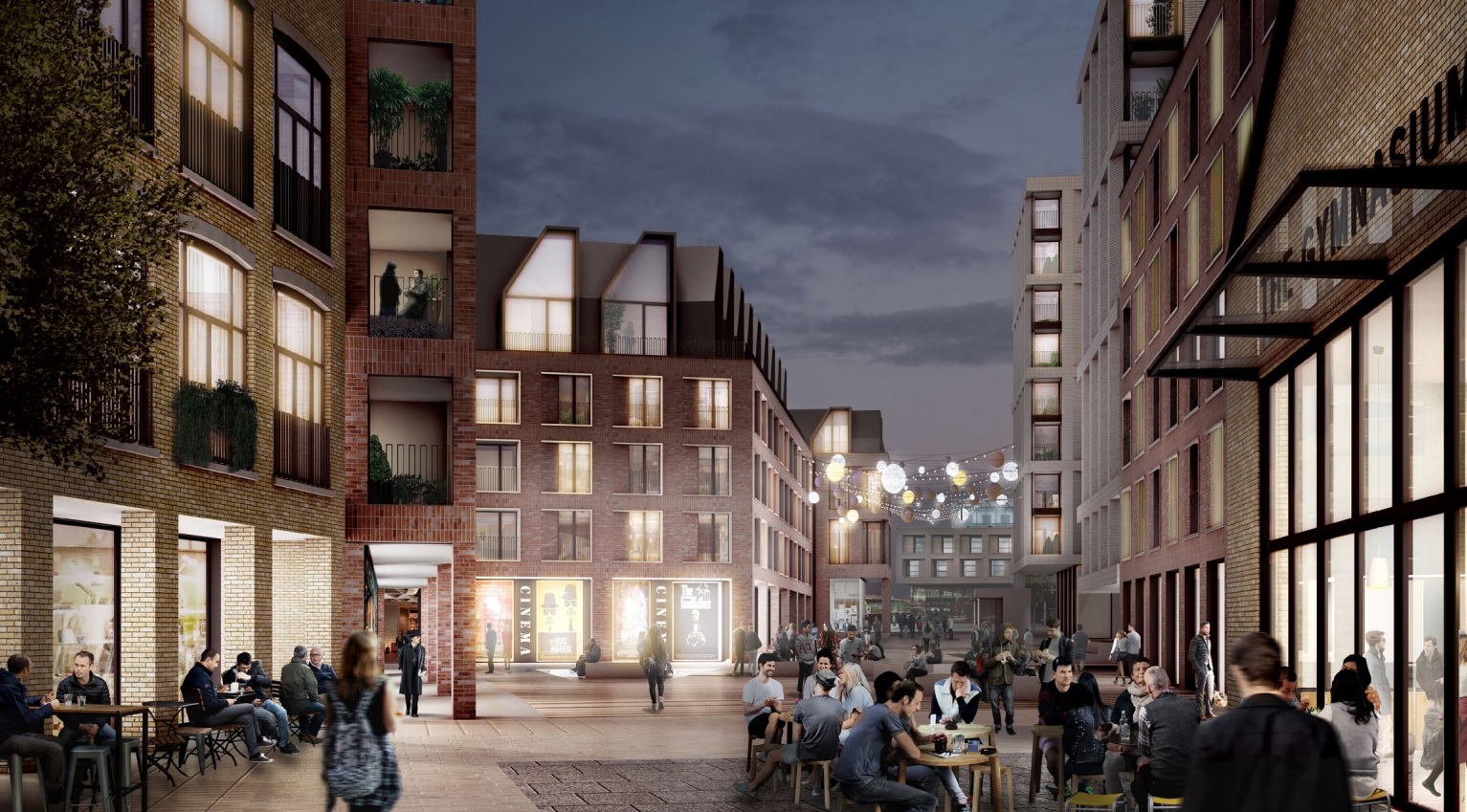
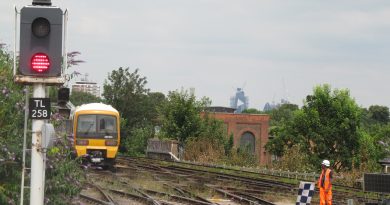
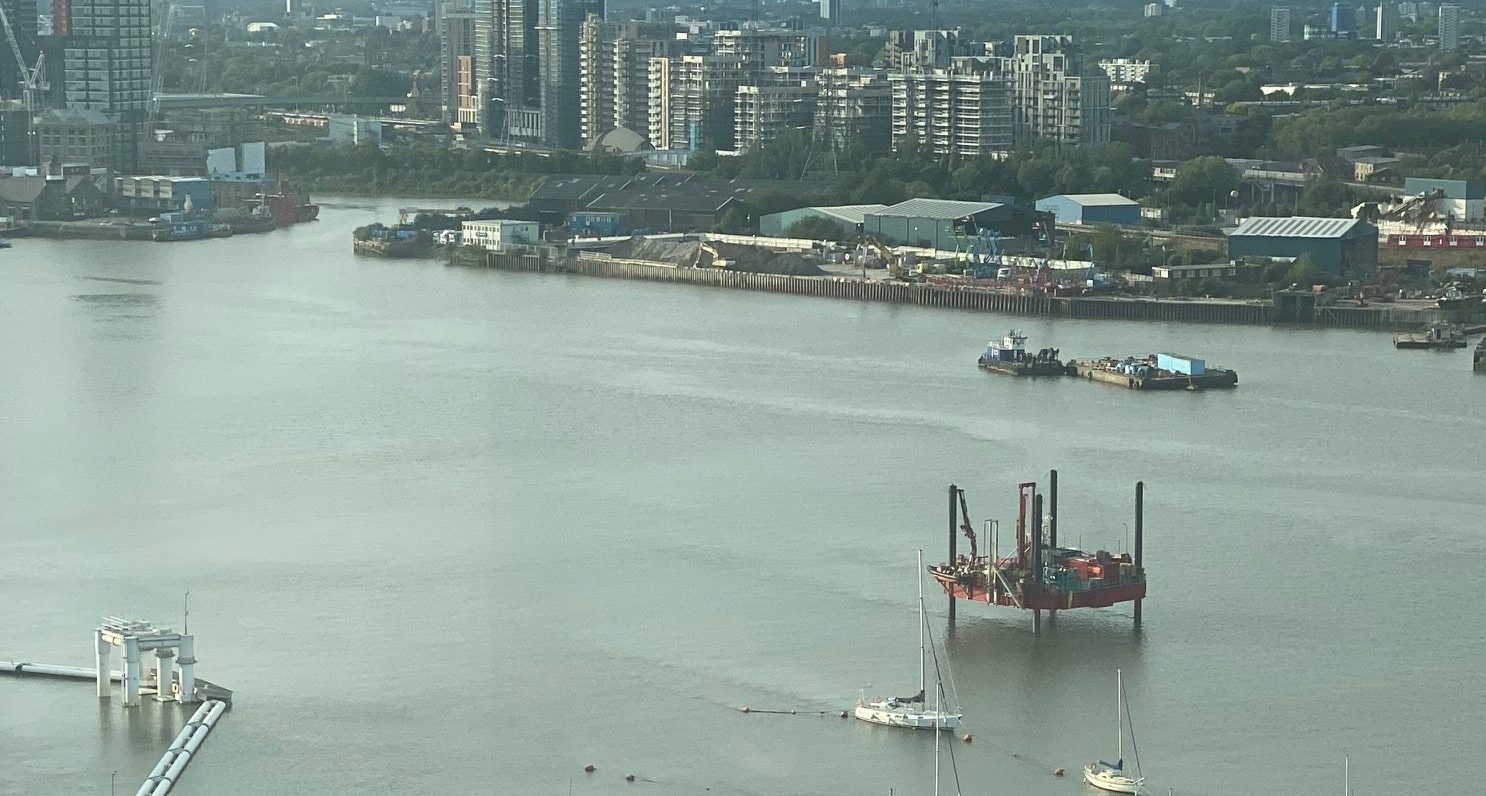
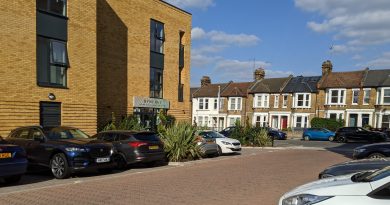

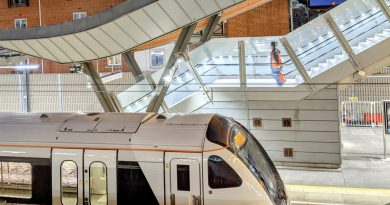
Pingback: The need for higher housing density – lessons from Europe | fromthemurkydepths